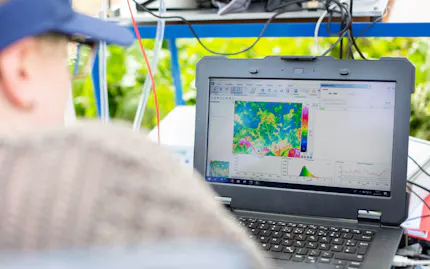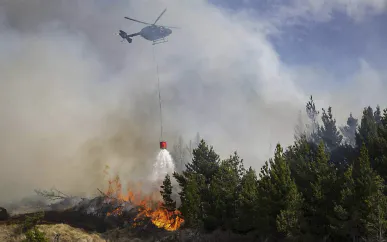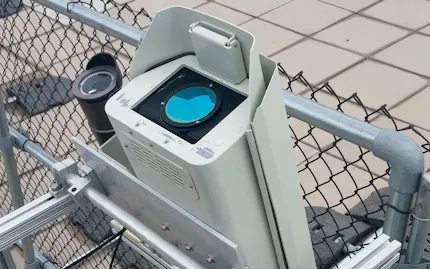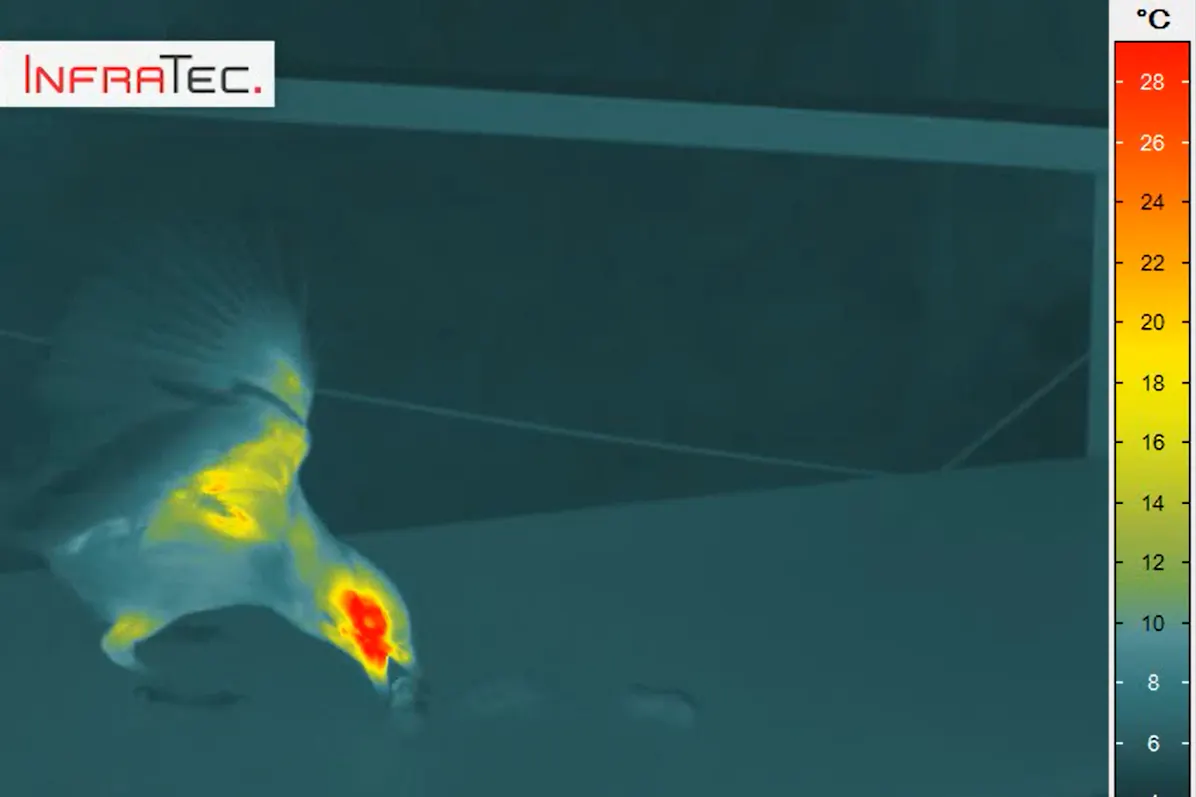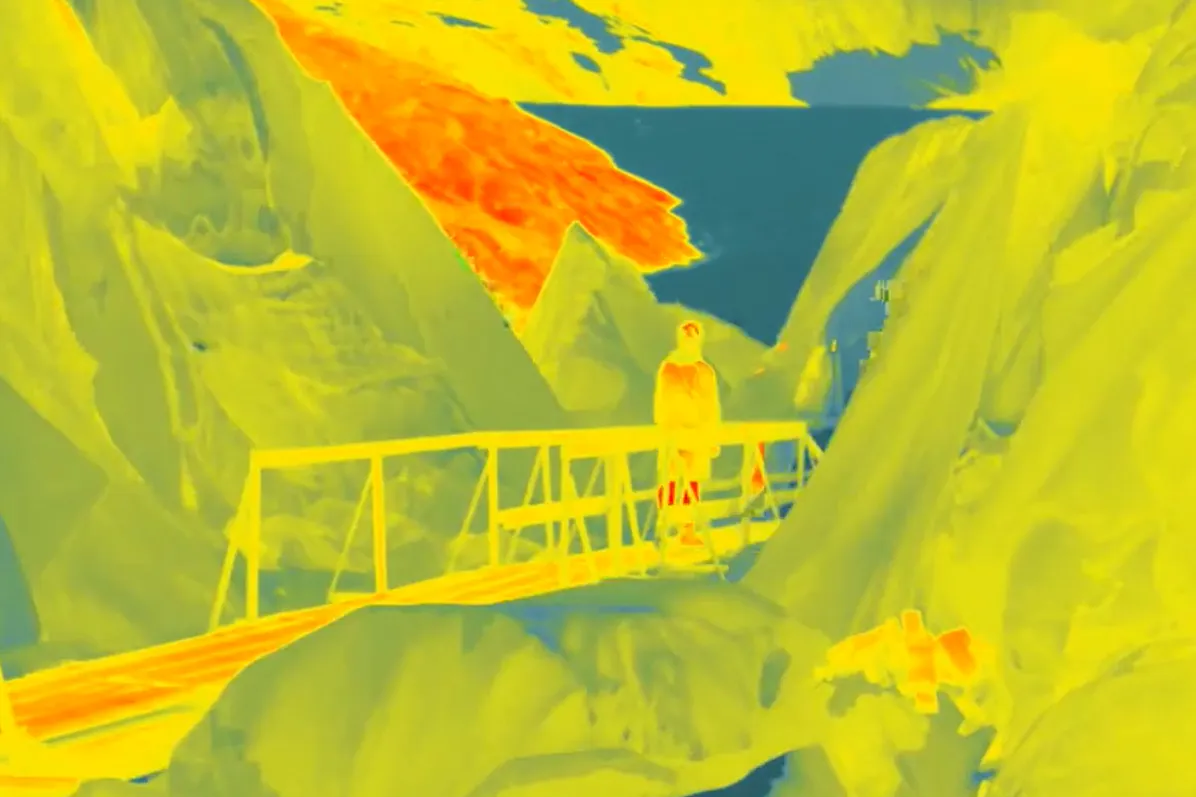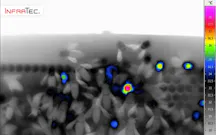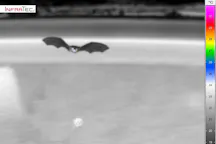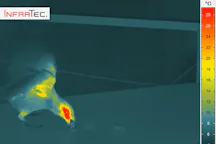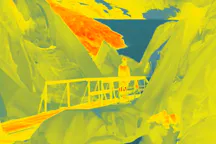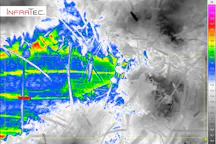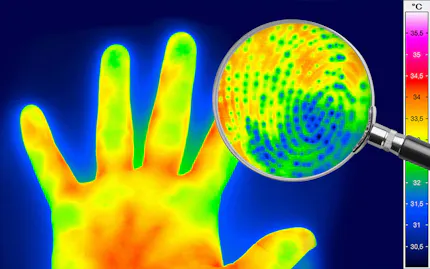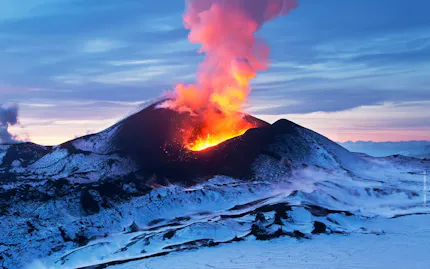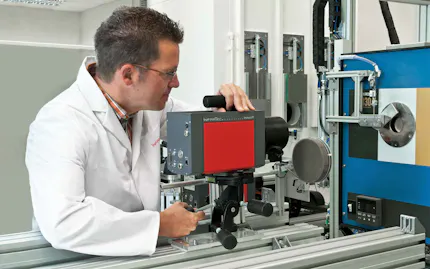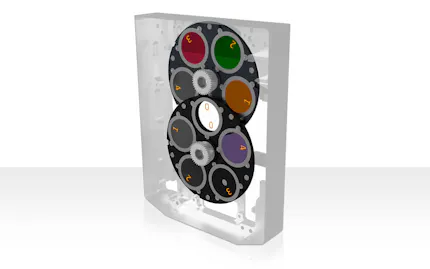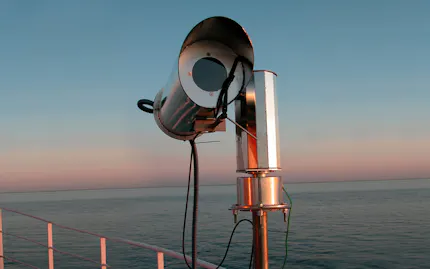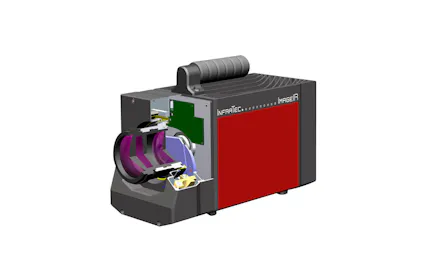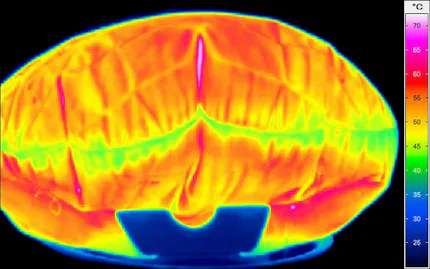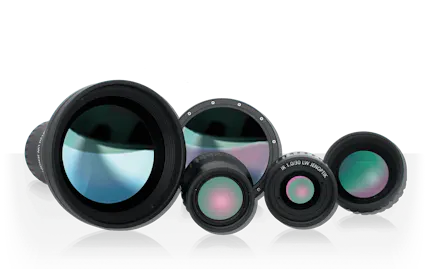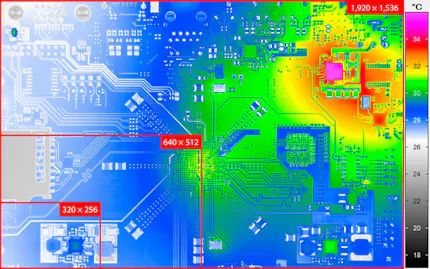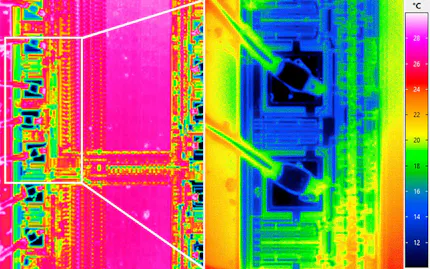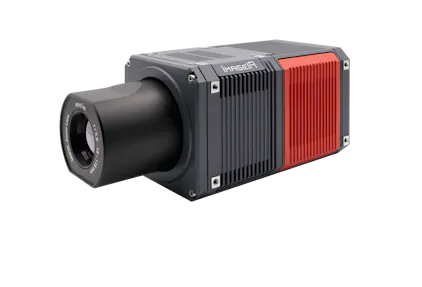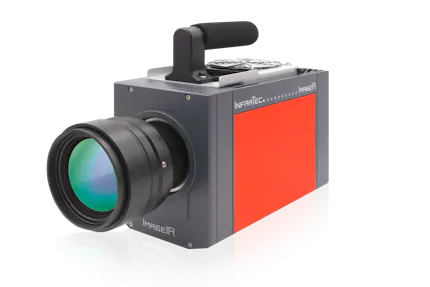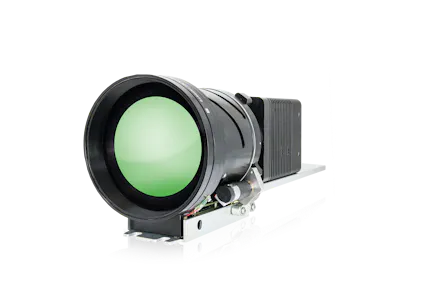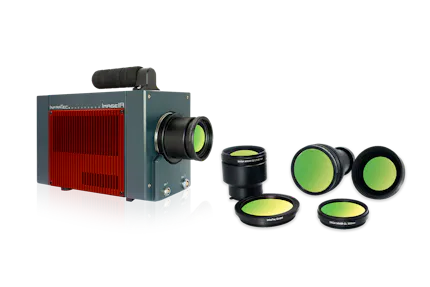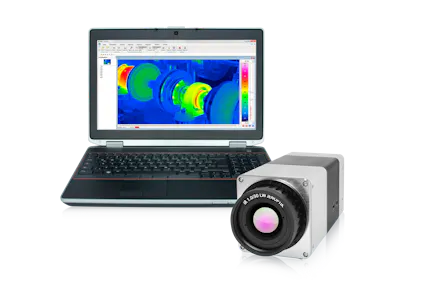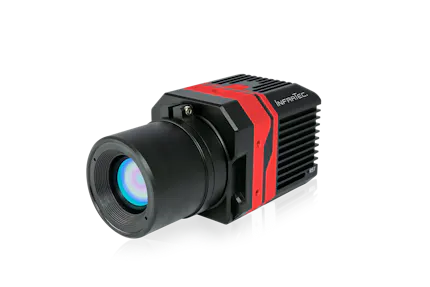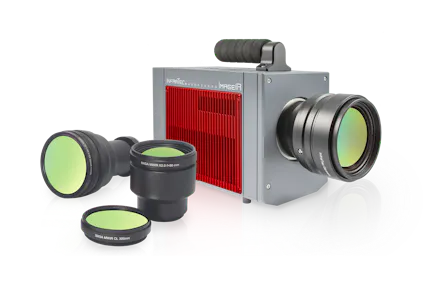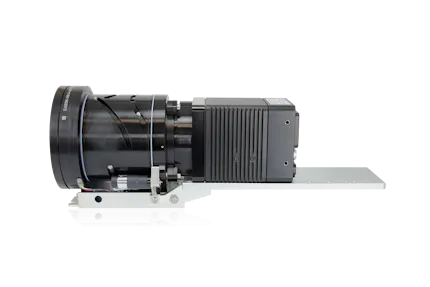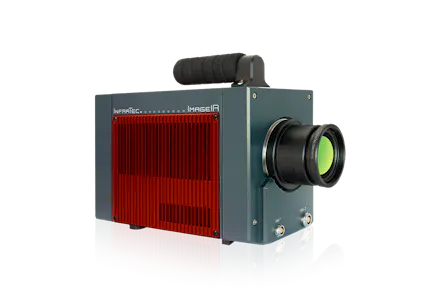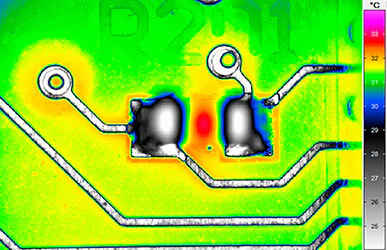Thermographic Biologic and Geologic Studies
Detect minimal thermal reactions to environmental stimuli and changes
Excellent thermal resolution allows for detection of smallest signals
Infrared cameras can track fast animals even during night-time
Most suitable infrared lenses focus high geometric resolution on animals, plants and landscapes
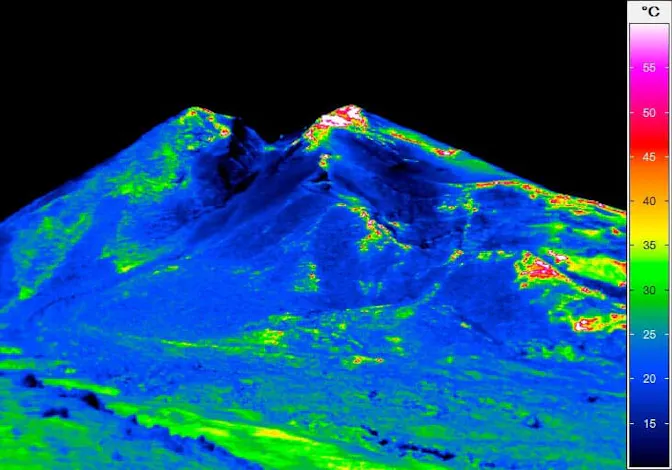
Thermography – Measurement of Smallest Temperature Details
The vast majority of biologic processes only result in small temperature difference as they are always connected to a rather high energy consumption organisms try to avoid. Likewise, hydrological and geophysical anomalies within the thermal spectrum come with only lower thermal signatures.
InfraTec offers infrared camera models which suit the resulting demands in thermal resolution and thereby, guarantee for usable results of your studies. For instance, you can most precisely follow the thermal day cycles of plants which can lead to new results when monitoring the reaction of biotopes to external stress.
High-Resolution Aerial Thermography
Aerial thermography: Definition, benefits, types, presence and future
Applications for thermography in airborne remote sensing and
Challenges of aerial thermography and technical requirements for an IR camera system
Important and relevant selection criteria
Accessories (hardware and software) needed to solve the measurement task
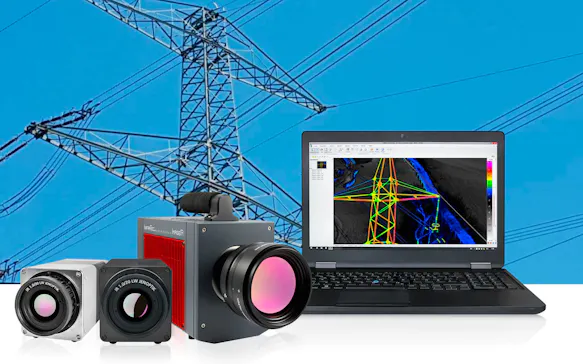
VarioCAM® High Definition: Klimaanlage nach Bienenart
Uninterrupted Surveillance of Animal Behaviour
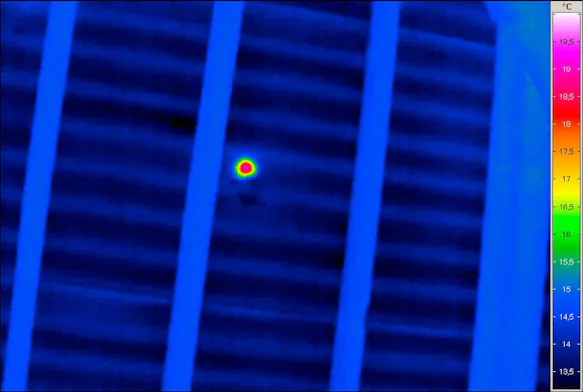
The behaviour of animals can easily be tracked by visual cameras. But those cameras also just easily come to their limits. Additional light or activation sources for using visual surveillance technologies would be needed. But those will also interfere with the biological behaviour of animals. An infrared camera helps here as it allows to monitor even during absolute darkness. Beside of this you will also be able to detect perfectly camouflaged animals as their camouflage normally works in the visible spectrum only. Thereby for instance airborne countings of populations will become feasible using an infrared camera.

Would You Like to Know More?
It is not unusual for tasks to be associated with special requirements. Discuss your specific application needs with our specialists, receive further technical information or learn more about our additional services.
Application Specific Lens Solutions Offer Optimal Resolution-FOV Ratio
InfraTec offers a wide range of interchangeable lenses for its infrared camera models being configurable with highly resolving detectors. Thereby the ratio between detail resolution and size of field of view can be set in the best way for your specific needs. For example you can measure temperatures of smallest animals using microscopic lenses as well as the full width of landscapes by applying wide-angle lenses. For images taken from planes, UAVs or helicopters a variety of telephoto lenses are available for you, too.
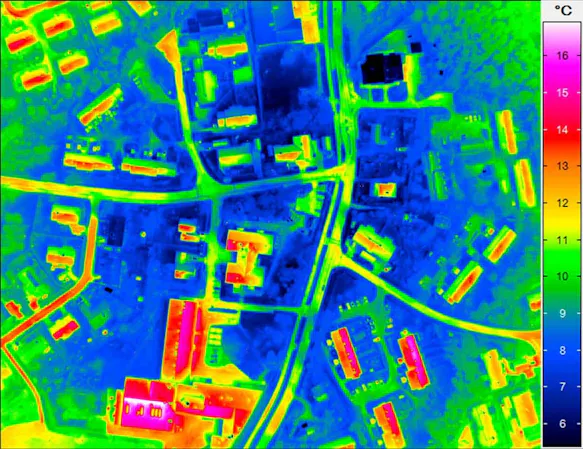
Gimbal Systems for Helicopter Mounting
InfraTec offers various infrared camera systems for fixed mount use in airplanes as well as for integration into precision gimbals. Thereby, the infrared camera can be exactly positioned within a µrad range to track automatically. A handy remote control allows for camera operation directly via the control of the gimbal.
Gimbals, or gyro-stabilized platforms, have been used for many years as very effective systems for airborne thermography in the inspection of high-voltage power lines, pipelines and industrial plants, as well as in the search for energy and material pollution.
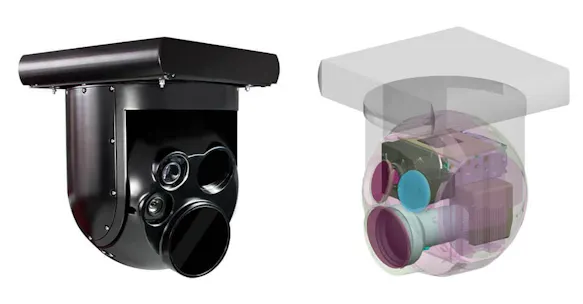
Due to their high-precision stabilization, images of distant objects can be accurately captured despite movement of the airborne vessel carrying the gimbal. Integrated into the gimbal are cameras for both, the visible (visual camera) and in the infrared radiation spectrum (infrared camera), a laser rangefinder and laser target designators.
